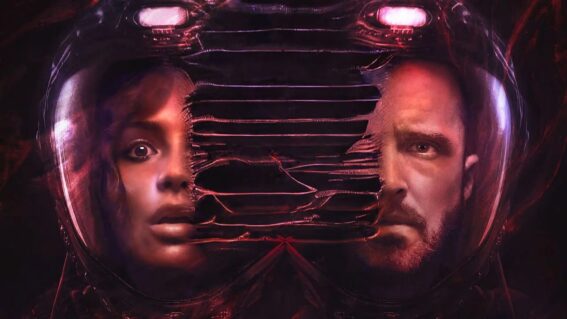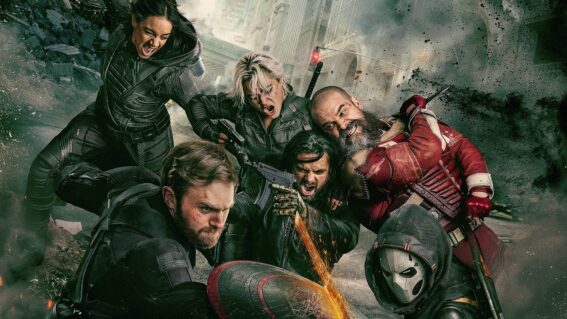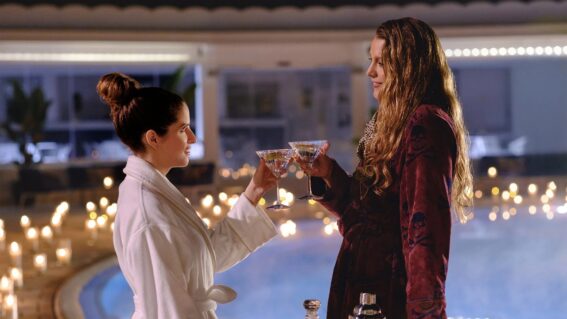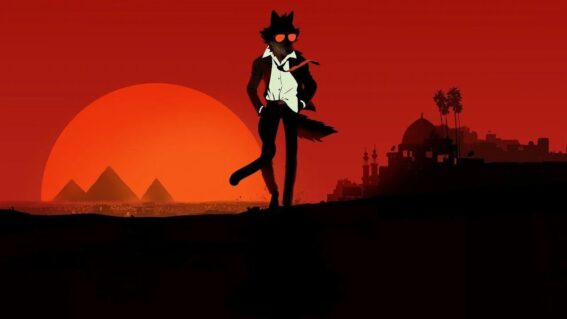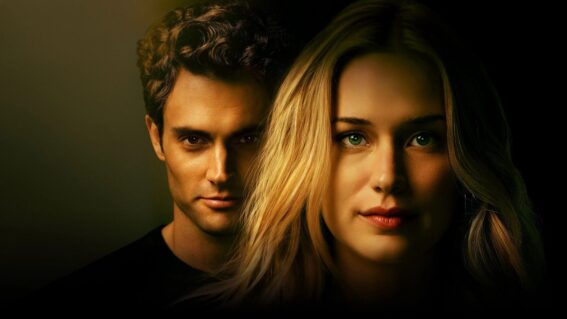The Midwich Cuckoos offers a fresh take on creepy kids sci-fi classic
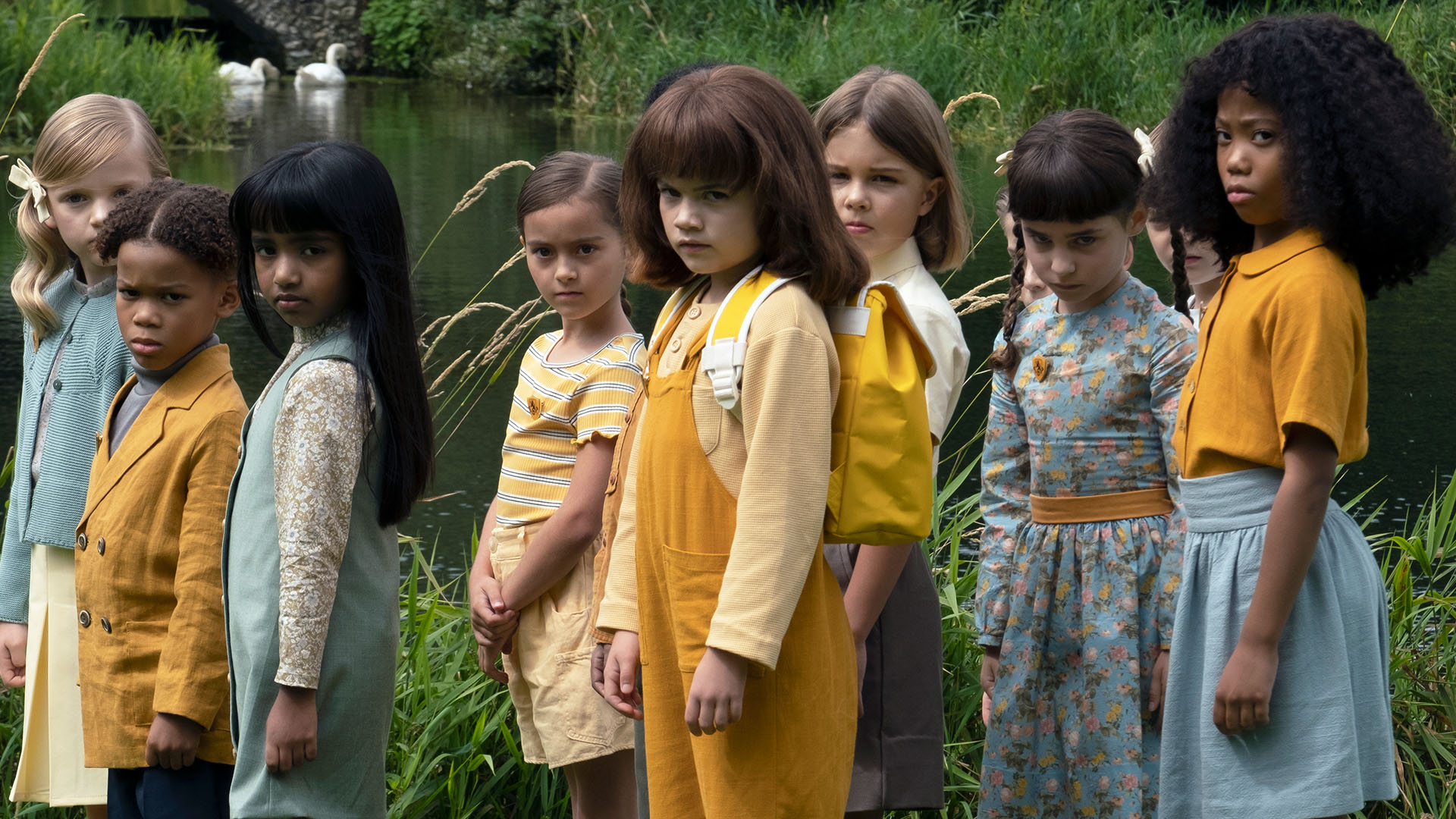
A British sci-fi classic gets a chilling contemporary adaption in new series The Midwich Cuckoos – stream it on Neon from July 4. Across seven episodes, there’s plenty of room for the slow-burn story to breathe, with an increased focus on the story’s characters, writes Steve Newall.
Through a series of mid-20th century classics, English author John Wyndham left a lasting impact on science fiction and pop culture. Day of the Triffids is perhaps the best-known of his novels, detailing an apocalypse of carnivorous plants (and inspiring the set-up for 28 Days Later). Elsewhere, dystopian tale The Chrysalids’ depiction of fundamentalist Christianity and its savage implications for women and fertility can be seen as an antecedent to The Handmaid’s Tale.
Indeed, The Handmaid’s Tale author Margaret Atwood has described herself as “an avid John Wyndham reader throughout the 1950s” and highlights 1957’s The Midwich Cuckoos as his masterpiece. For a teenage Atwood heading off to university, The Midwich Cuckoos “was certainly a graphic metaphor for the fear of unwanted pregnancies as experienced by the teenage girls of that pre–birth-control era”.
Now, as women’s rights over their own bodies are being terrifyingly trampled in the US and the focus of growing concern locally, a series adaptation of The Midwich Cuckoos sets out to modernise Wyndham’s creepy sci-fi tale. Previously filmed as Village of the Damned for MGM in 1960 and by John Carpenter using the same title in 1995, The Midwich Cuckoos taps into recurring, very understandable human themes. Mid-pregnancy, mothers may wonder what this thing is that’s hijacked their body; once children are let loose on the world, it’s not just parents who may find that kids can be very creepy indeed.
With Wyndham’s novel given a seven-episode adaptation in this new series—by David Farr, screenwriter of The Night Manager, Hanna and Spooks (with which this shares a lead)—there’s plenty of time to give the story time to breathe, an ensemble cast to be fleshed out, and a growing catastrophic creepiness to take hold.
Introducing viewers to various residents of a small fictional English village, the first episode of The Midwich Cuckoos indulges in some gentle, borderline soapy, drama before an inexplicable incident blacks out the town and all its residents.
Those familiar with previous adaptations will know what’s coming—initially, there are failed attempts to enter the blackout zone, some harmless (a hazmat-suited investigator passes out and has to be dragged back to safety), some less so (a reconnaissance flight over the town turns fatal). Then, there’s the growing awareness among all women affected by the incident that they are pregnant—even those that have struggled with fertility, or haven’t been having sex.
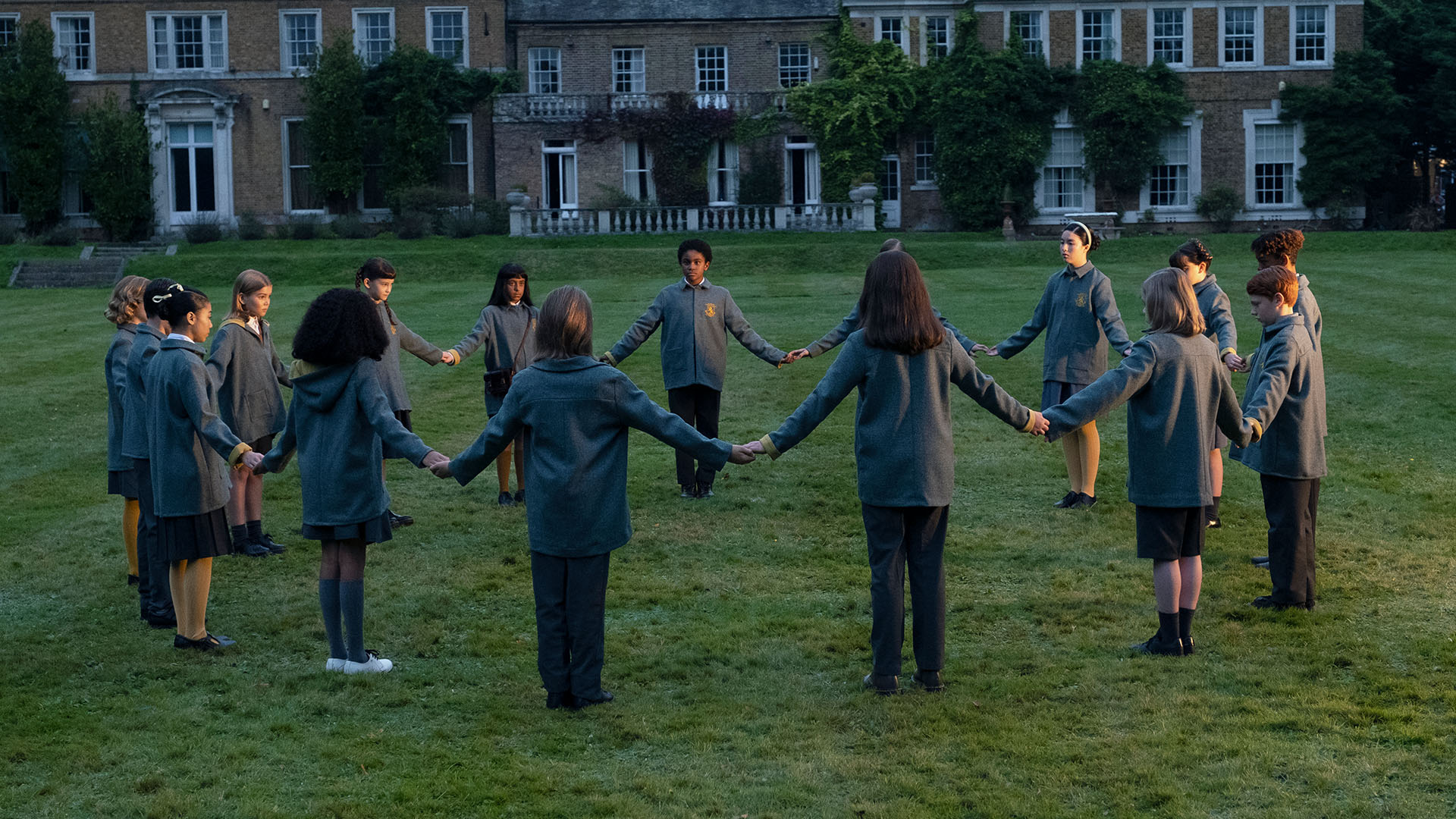
For some prospective parents this is a joyous surprise, but before you can say “Official Secrets Act” the British Government has made all the newly-pregnant women aware that they’re being tightly constrained and monitored by the state. No one’s to know, everyone will be paid, and termination is available on request. When The Midwich Cuckoos follows a trio of women who take up the latter option, what transpires is the first sign of chilling supernatural control to come, in what plays like a dream scenario for anti-abortion fascists.
Before long, a coterie of creepy kids is running around Midwich. Unlike prior adaptations, they don’t share a common look, but bear the hallmarks of their mothers’ DNA – though they do seem to love wearing a school uniform. Surprising no one watching The Midwich Cuckoos, these kids’ plans become increasingly malign, as experienced by a neighbourhood dog, other kids competing for attention (or even worse, their go on a swing), and eventually adults—to painful and sometimes fatal effect.
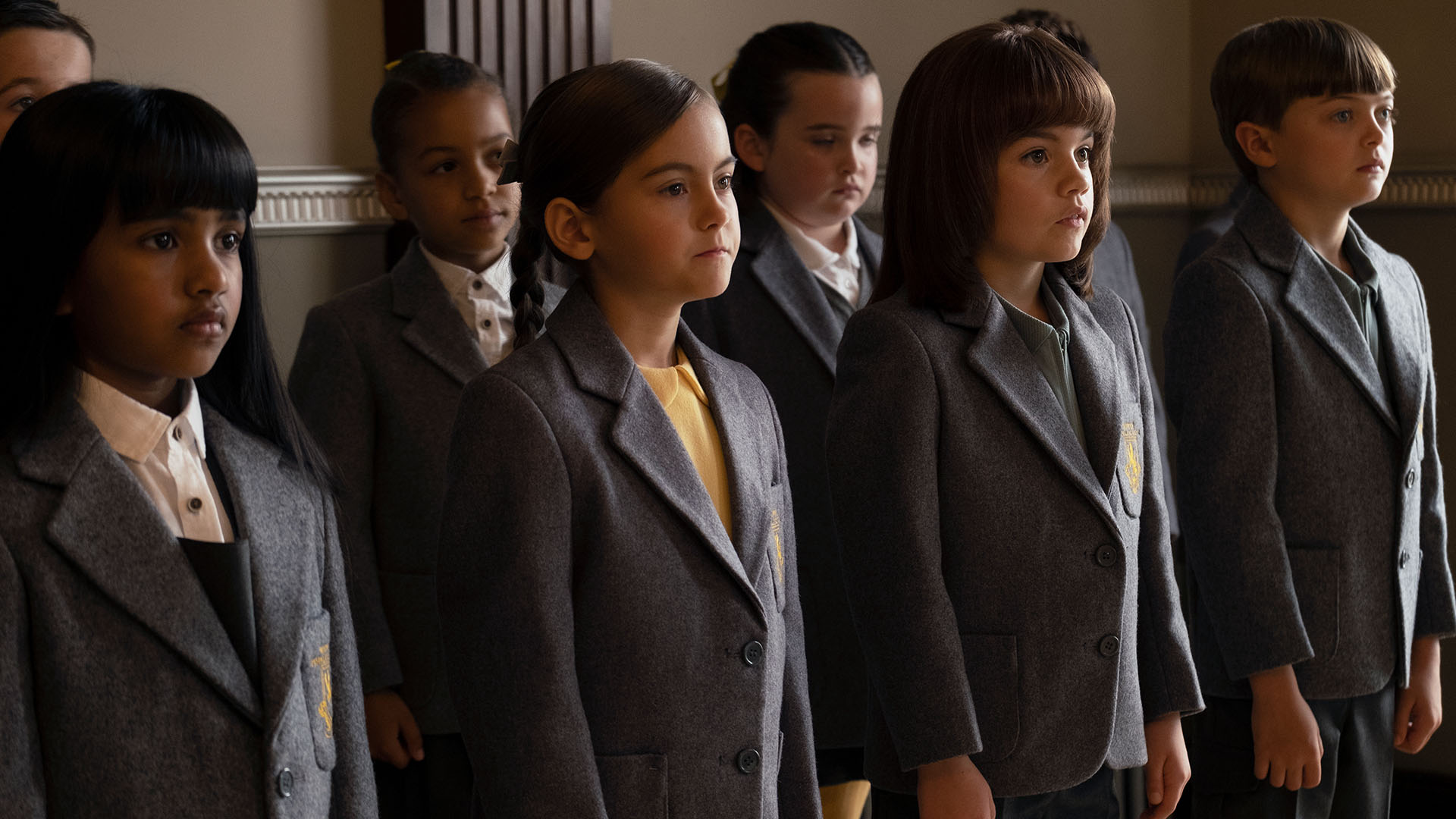
Despite the battle for women’s rights of the present day, Farr’s adaptation doesn’t set out to make pointed observations about body autonomy or other critical topical issues. The Midwich Cuckoos even seems somewhat relaxed about the government surveillance overseeing the town as it tracks the children’s accelerated growth.
Wyndham’s novel has unmistakable Cold War overtones, as well as touching on misogynist attitudes as much as the 1950s could bear, but here Farr seems content to use the expanded run time not on exploring fresh thematic content, but to provide what’s been missing before—more strongly sketched characters, in particular, the show’s women. While The Midwich Cuckoos may only graze contemporary issues, this extra effort towards characterisation pays off, providing viewers with an emotional anchor as the slow-burn sci-fi horror unfolds.
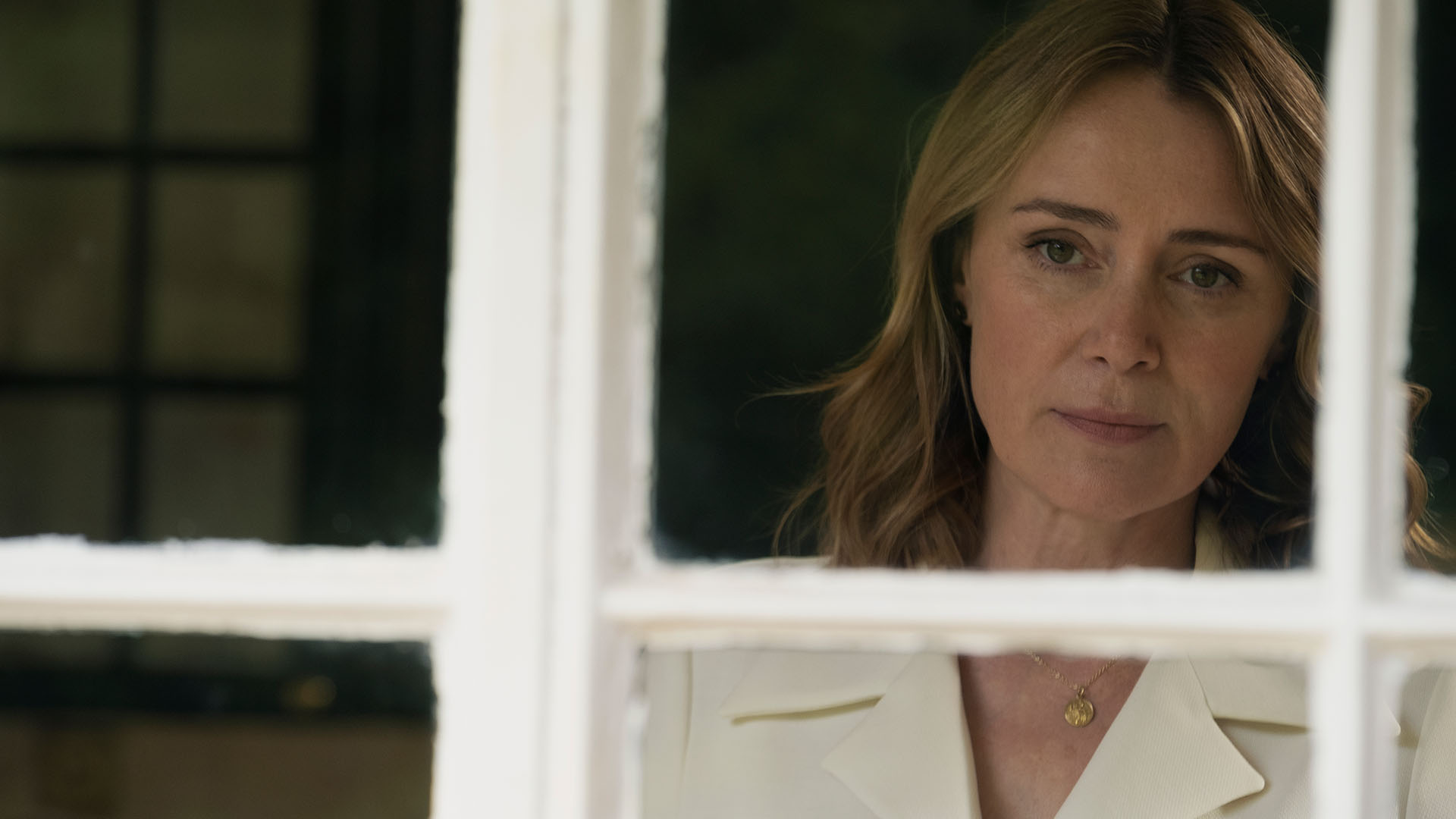
Mostly this falls on the shoulders of Keeley Hawes (Spooks, Bodyguard), playing child psychologist Dr Susannah Zellaby, who tries to figure out what’s going on and provides a more emotionally literate counterpart to an increasingly suspicious local copper (Max Beesley). The Midwich Cuckoos mines the gender swap of Zellaby from previous versions for maximum resonance—Susannah has a difficult, guilt-filled relationship with her own daughter Cassie (Synnøve Karlsen), which lends additional layers to her work with all of Midwich’s cuckoos and her own becoming a grandmother to… something.
Elsewhere, there’s a Brit-drama’s worth of infidelity, anger issues, and quasi-procedural police investigation—but it’s increasingly about those creepy kids and the impact they have on the mental and physical health of their parents and other townsfolk. By the time this all wraps up, if you’re not looking sideways at your own flesh and blood, or the brood down the road, I’d be very surprised.



